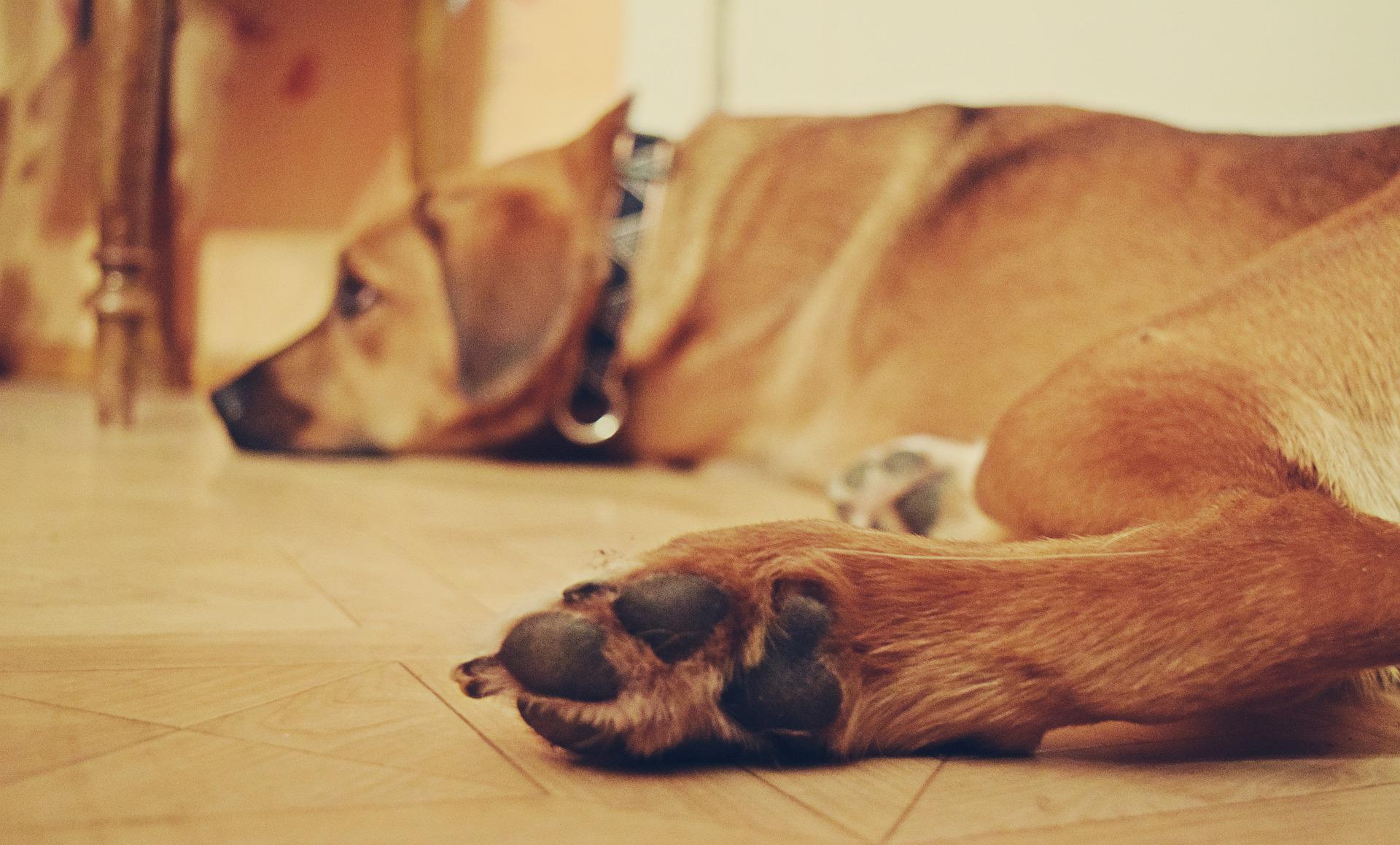Any dog owner wishes they could have a huge, fenced backyard in which their dog can safely run around. Unfortunately, that isn’t a reality for many dog owners who live in apartments or condo complexes. There are many aspects of apartment living for a pup to get accustomed to – so how can you teach your dog to be a good apartment neighbor?
Here are just a few of the scenarios an apartment dog has to learn about:
- hearing unfamiliar noises day and night
- needing to be relatively quiet (especially when living on an upper floor)
- encountering the scent of many other animals in the building and the complex’s dog park.
These are difficult obstacles for some dogs to overcome, but we have some tips that may help.
Manage Their Energy
If your dog bounces off the walls with energy, your downstairs neighbor will likely hear the commotion – and probably won’t be too happy about it. You’ll need to give your dog adequate exercise (both physical and mental) to keep them from resorting to zooming around the apartment. Take them on at least two walks a day—one in the morning and one in the evening—for 20 to 30 minutes. For most dogs with an average energy level, these walks will help them expend most of their pent-up energy. Be sure to let them stop and sniff as you go because sniffing engages both their brains and senses to help tire them out. You can use puzzle feeders to force them to use their brains, which also expends a good amount of energy.
If you do not have the time to walk your dog or if your dog has a higher energy level, consider hiring a dog walker to visit during the day and take them out.
Get Them on a Schedule
Taking your dog out to the bathroom is much more of a hassle in an apartment than in a house. It is especially frustrating when your dog has accidents in the apartment because it could affect your security deposit. The best way to prevent accidents long-term is to correctly potty train your dog and stick to a regular schedule so that they know when to expect to be let out. A regular schedule also helps keep their stress levels down, which allows them to have better control of their bladder.
Crack Down on Barking
A constantly barking dog is exceptionally irritating to anyone who can hear it. If your pup tends to be noisy, it is best for you and your neighbors that you prevent their triggers and then teach them not to bark.
Removing triggers is the easiest way to stop barking. For example, if your dog tends to bark at people walking by, you can prevent it by blocking their view outside—either close the window shades or use a piece of furniture or houseplants set in front of the window.
If you cannot remove the trigger, acclimate them to it and reward them when they do not bark. If your dog barks at the sound of the garbage truck, you can play the sounds of the truck on a computer or TV. Remain calm and do not yell at your dog when they start barking. As soon as they stop barking (even if it’s just a pause), mark it and reward them with a treat. Repeat this process until they are reliably pausing in their barking more often. After a few training sessions, incorporate a command like “quiet” or “hush.”
Alternatively, you can offer them a toy when they start barking, and once they have it in their mouths and have stopped barking, mark and reward them. You can teach them to respond to triggers quietly and redirect them to playing instead.
Sometimes your best efforts don’t result in the behavior you need from your dog. If your situation requires professional help, call the expert dog trainers at Gulf Coast K9 Dog Training of Bradenton.





